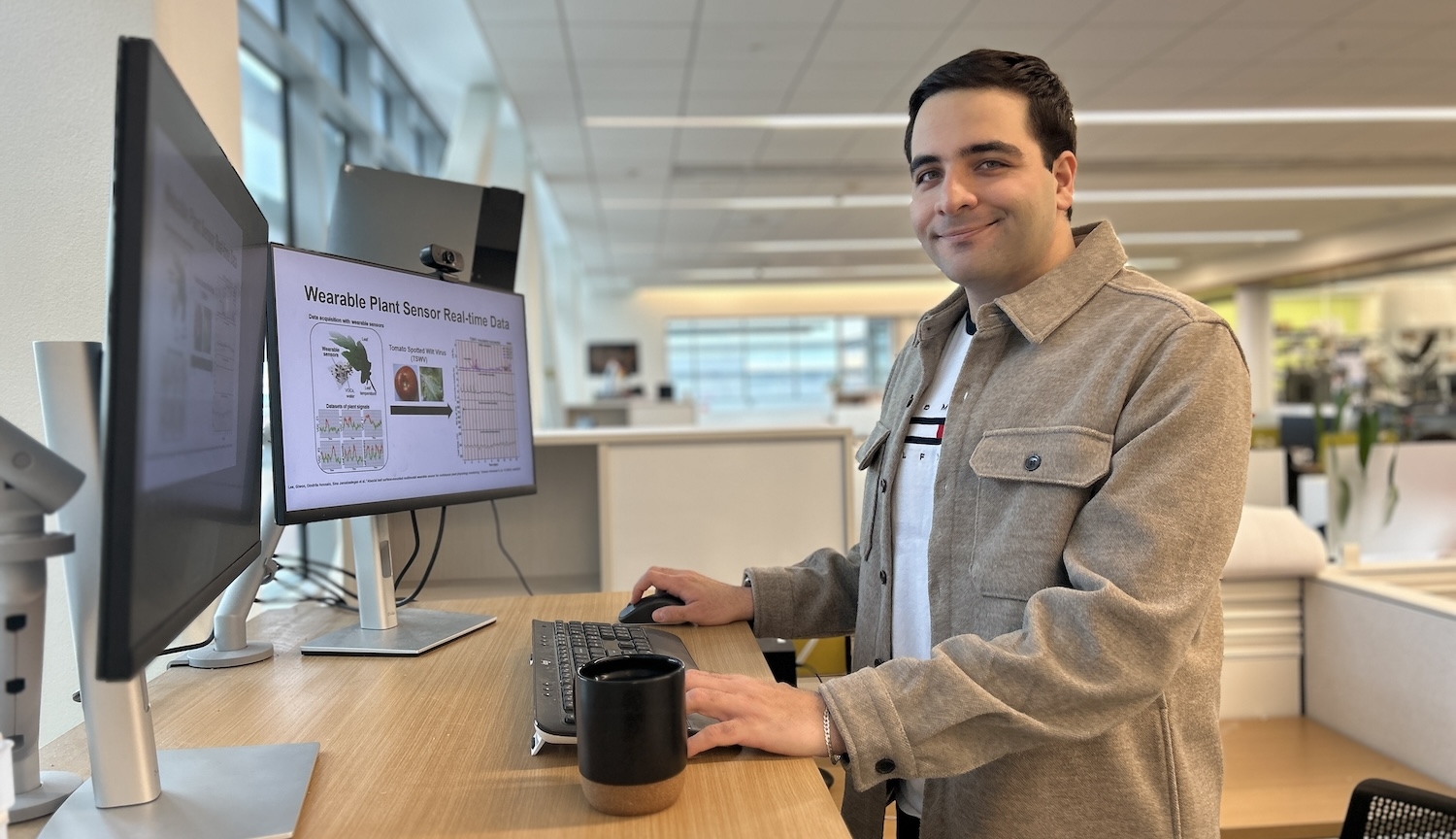Understanding and controlling materials’ antiviral properties can lead to better PPE

In the early weeks of the COVID-19 pandemic, an interdisciplinary team of researchers from the College of Engineering and the College of Sciences began meeting weekly to figure out how they could contribute to slowing the spread of the virus and protecting frontline workers.
Their immediate solution? Work on developing an antiviral coating that could be integrated into personal protective equipment (PPE) or applied to surfaces to inactivate SARS-Cov-2 and other viruses. The team has been working with the Nonwovens Institute in the College of Textiles for guidance on how developments from their research could be integrated into PPE.
But their project goals are broader.
“I think our real goal is to understand the mechanisms, and then what attributes of the materials give rise to those particular inactivation mechanisms,” said Elizabeth Dickey, Distinguished Professor Emerita in the Department of Materials Science and Engineering (MSE) at NC State and current head of the MSE department at Carnegie Mellon University. “So, the ultimate goal is that (our research) will create knowledge that will enable the design and discovery of materials that have antiviral and antimicrobial activity.”
To do this, the team is working to understand the fundamental processes behind the generation of reactive oxygen species, which are believed to be central to the antiviral properties of certain oxide materials like titanium dioxide, also called titania. In the lab, reactive oxygen species are generated by tuning titania particles through a flow-synthesis processing route, which was developed from technology created in the lab of Milad Abolhasani, assistant professor in the Department of Chemical and Biomolecular Engineering. Researchers then use thermal annealing, a heat treatment, to make the material photoactive.
Understanding this process is key to controlling materials’ antiviral and antimicrobial activity, and therefore critical to the development of coatings that can protect against viruses, bacteria and environmental decontamination.
As part of this work, the team also aims to develop systematic and reproducible processes for controlling these materials, which are essential to being able to examine their antiviral properties.
“One of the things I think we’re very committed to doing, beyond the specifics of the research, is thinking about how we leave a legacy of infrastructure,” said Aram Amassian, associate professor in MSE.
They are hopeful that one unanticipated benefit of the pandemic is a better framework for interdisciplinary research, and the work has been especially beneficial for their large team of graduate students from engineering, chemistry and biological sciences.
The project is funded by a year-long National Science Foundation Rapid Response Research grant, but the researchers plan to continue their work and are applying for more funding. Dickey is the principal investigator of the project. Along with Abolhasani and Amassian, Reza Ghiladi, associate professor in the Department of Chemistry, and Frank Scholle, associate professor in the Department of Biological Sciences, are co-principal investigators.
Return to contents or download the Spring / Summer 2021 NC State Engineering magazine (PDF, 52.0 MB).
- Categories:


